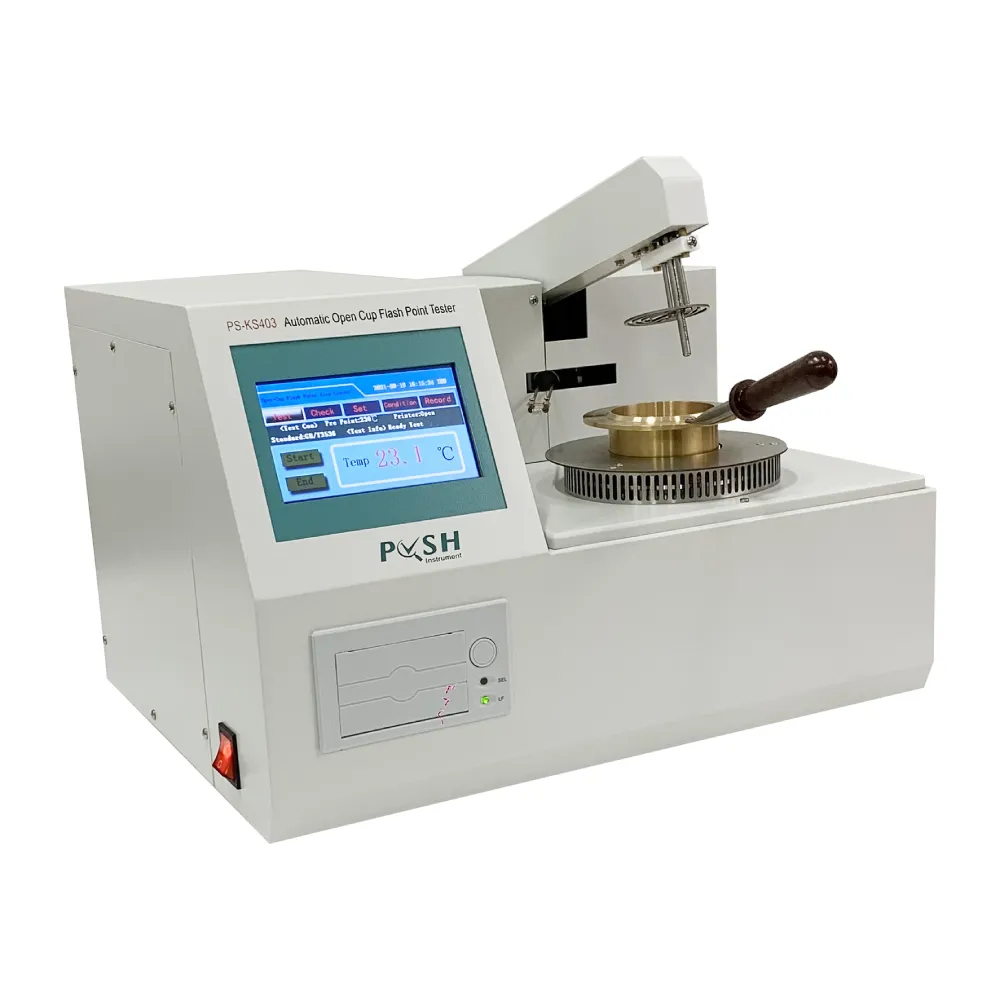 English
English


Testing the Breakdown Voltage of Transformer Oil for Performance Evaluation and Quality Assurance
Breakdown Test of Transformer Oil Importance and Procedure
Transformer oil plays a crucial role in the operation of electrical transformers, serving as both an insulating and cooling medium. As transformers are vital components in power distribution and transmission, it's essential to ensure the integrity and reliability of transformer oil. One of the key tests used to assess the quality and safety of transformer oil is the breakdown test.
Understanding the Breakdown Test
The breakdown test, also known as the dielectric strength test, measures the ability of transformer oil to resist electrical breakdown. When subjected to high voltage, contaminants or moisture in the oil can lead to electric discharge, compromising its insulating properties. This breakdown leads to failures in transformers, which can result in costly repairs, unplanned outages, and potential hazards.
Importance of the Breakdown Test
1. Safety Assurance High dielectric strength indicates that the oil can safely insulate high-voltage components. A breakdown not only endangers the transformer but may also pose risks to personnel and equipment nearby.
2. Preventive Maintenance Regular breakdown testing aids in identifying oil contamination or degradation before they cause transformer failures. This proactive approach allows maintenance teams to replace or treat the oil, thus extending the lifespan of the transformer.
3. Compliance with Standards Regulatory bodies and industry standards often mandate specific dielectric strength requirements for transformer oil. Performing breakdown tests ensures that transformers meet these regulations, avoiding potential legal and financial repercussions.
4. Quality Control For manufacturers and suppliers of transformer oil, breakdown testing serves as a quality assurance measure. Maintaining a high dielectric strength ensures that customers receive a product that meets industry expectations.
breakdown test of transformer oil is carried out

Breakdown Test Procedure
The breakdown test of transformer oil typically follows a systematic procedure
1. Sample Collection Obtain a representative sample of the transformer oil, ensuring that it is free from contaminants. This can be done by taking oil directly from the transformer, using clean containers to avoid introducing impurities.
2. Preparation The oil sample should be filtered to remove any particulates. It is also essential to allow the sample to settle so that any sediment can be eliminated, ensuring an accurate test result.
3. Testing Equipment Setup A breakdown voltage tester (often using a standardized method such as ASTM D1816 or IEC 60156) is calibrated. The test involves two electrodes placed in the oil sample, usually in a cylindrical or plate configuration.
4. Application of Voltage A gradually increasing voltage is applied between the electrodes until breakdown occurs, which is indicated by a discharge. The voltage at which this breakdown happens is recorded as the breakdown voltage.
5. Analysis The results are analyzed against industry standards to determine if the transformer oil meets the required dielectric strength. If the breakdown voltage is below acceptable levels, further investigation into the cause of degradation is necessary.
Conclusion
The breakdown test of transformer oil is a vital diagnostic tool in the maintenance and operation of transformers. By routinely conducting this test, utility companies and industrial operators can mitigate risks associated with transformer failures, enhance safety protocols, and comply with regulatory standards. Ultimately, the proactive management of transformer oil quality contributes to the overall reliability of electrical systems, underscoring the importance of this testing process in the electrical power sector.
-
Differences between open cup flash point tester and closed cup flash point testerNewsOct.31,2024
-
The Reliable Load Tap ChangerNewsOct.23,2024
-
The Essential Guide to Hipot TestersNewsOct.23,2024
-
The Digital Insulation TesterNewsOct.23,2024
-
The Best Earth Loop Impedance Tester for SaleNewsOct.23,2024
-
Tan Delta Tester--The Essential Tool for Electrical Insulation TestingNewsOct.23,2024





